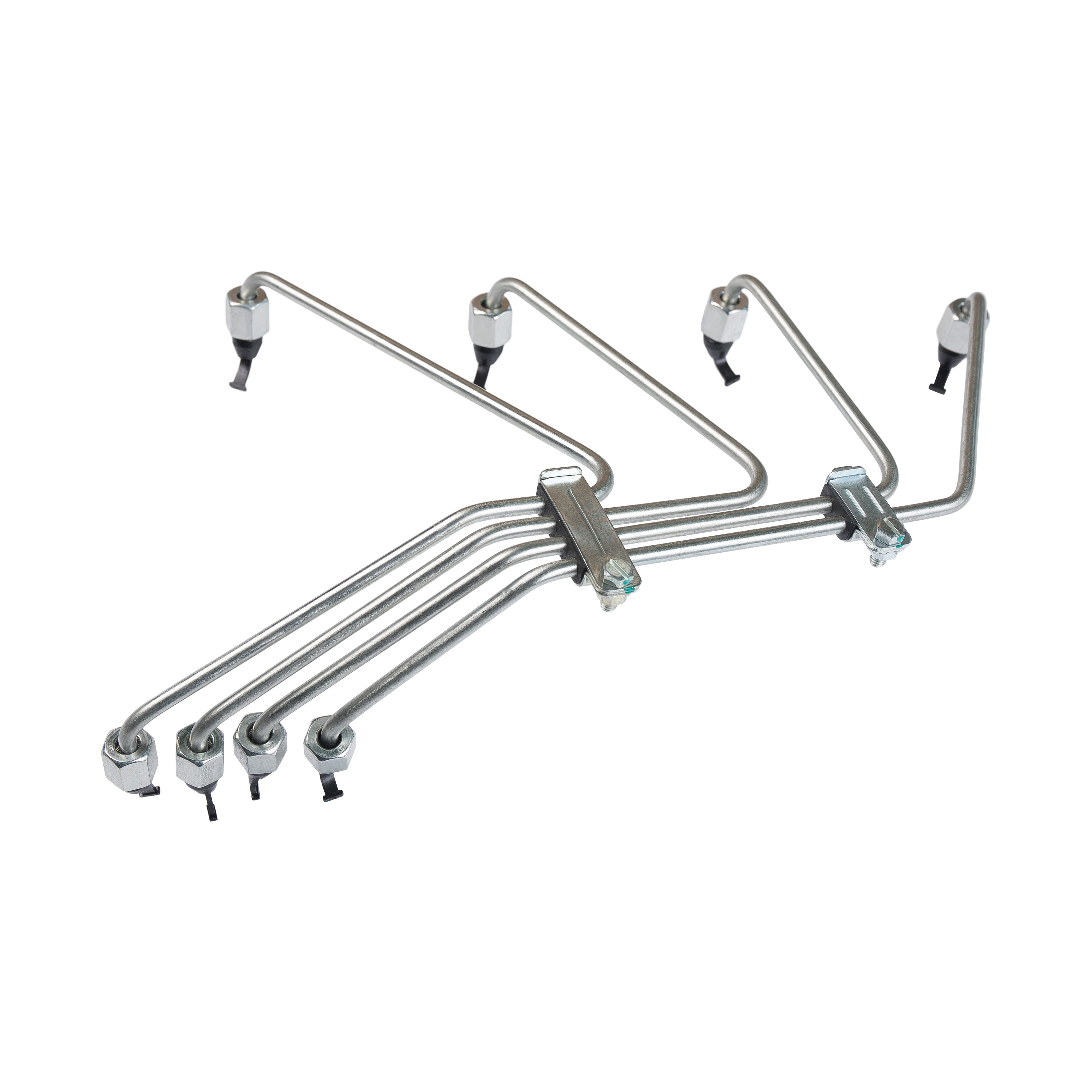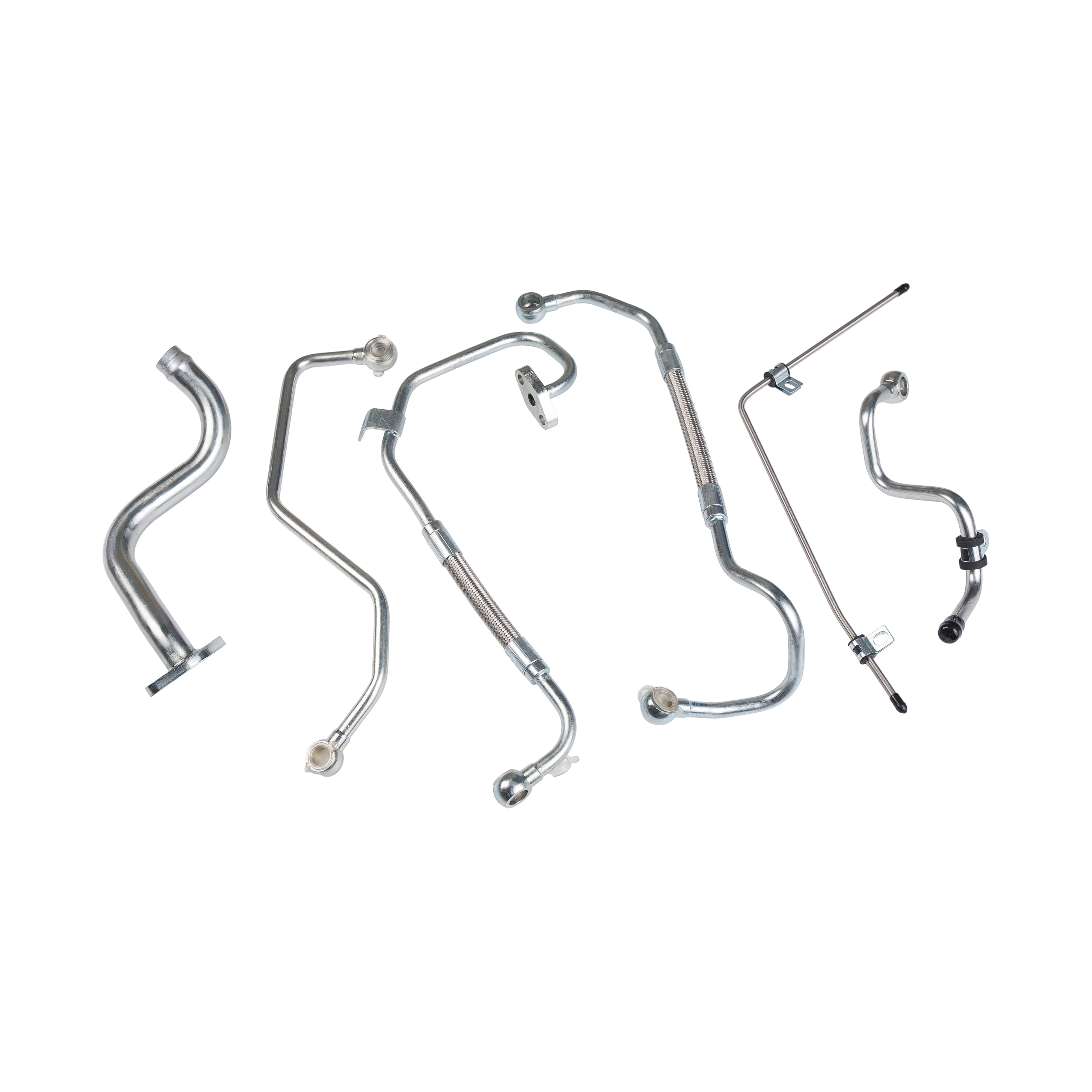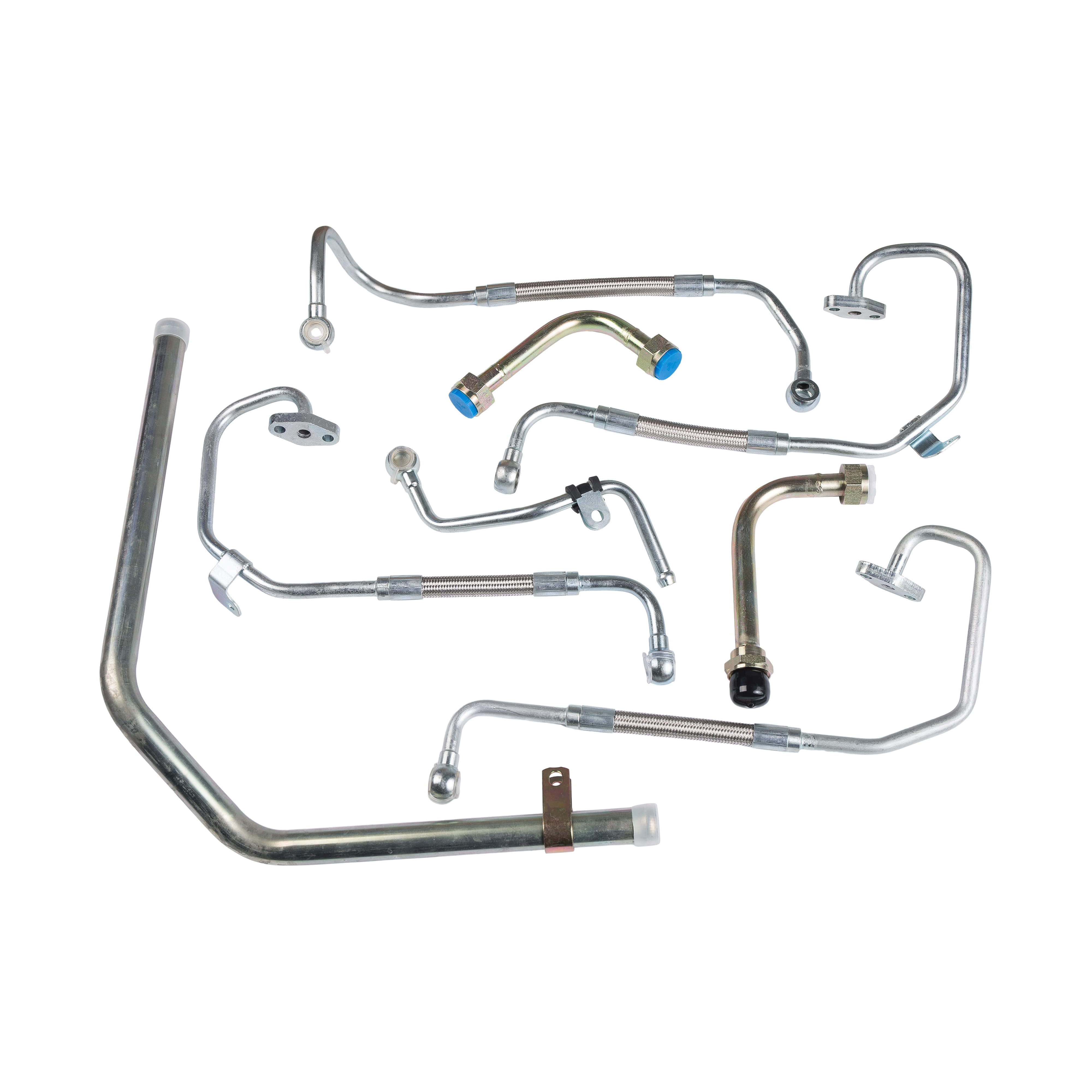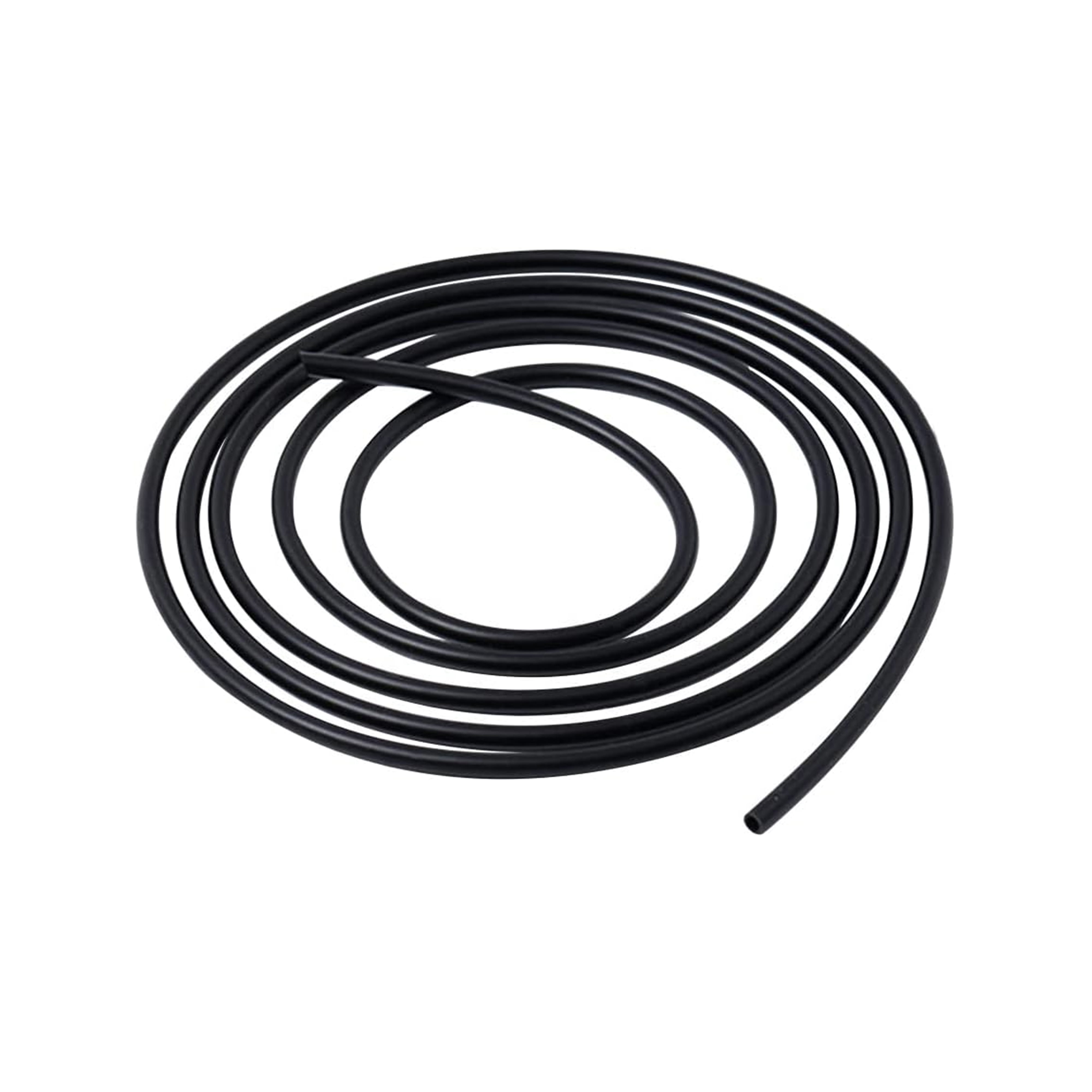The engine low-pressure oil pipe plays a crucial role in the smooth operation of a vehicle's engine by ensuring the proper circulation of oil from the oil tank or sump to various parts of the engine. While high-pressure oil lines often get the most attention, low-pressure oil pipes are just as important—especially when it comes to maintaining consistent oil supply and engine lubrication.
Like any other component, these oil pipes are subject to wear and aging over time. If neglected, an aging low-pressure oil pipe can lead to engine inefficiency, oil leaks, or even severe damage. In this article, we will look at the common symptoms that indicate your engine’s low-pressure oil pipe might be aging and in need of attention or replacement.
1. Oil Leaks Under the Vehicle
One of the most noticeable signs of an aging low-pressure oil pipe is visible oil leakage beneath the vehicle. As the rubber or synthetic material in the pipe deteriorates, cracks or splits can develop. These weak spots may allow oil to seep out, especially when the engine is running.
You may notice dark brown or amber-colored oil puddles under the engine bay.
The leaks may be more pronounced after long drives or in hot conditions when the pipe becomes more flexible and expands.
Tip: Always check for oil spots on your driveway or parking space, especially if they become frequent or increase in size.
2. Oil Smell Inside or Around the Car
As the low-pressure oil pipe begins to wear out, small leaks may cause oil to drip onto hot engine components such as the exhaust manifold. This can result in a burning oil smell, which is not only unpleasant but potentially dangerous if it leads to smoke or even fire in extreme cases.
You might notice the smell more right after starting the car or during idling.
It may also be accompanied by light smoke from the engine bay.
This is a clear sign that oil is escaping somewhere—often from deteriorated pipes or loose fittings.
3. Low Oil Pressure Warning Light
While this symptom can be caused by various engine problems, one possible cause is a failing or blocked low-pressure oil pipe. When the pipe becomes partially clogged due to sludge buildup or internal degradation, the oil flow is restricted, which can cause lower-than-normal oil pressure.
A dashboard oil pressure warning light may appear.
In some vehicles, you may also notice fluctuating oil pressure readings.
In modern vehicles, a sudden drop in pressure may trigger a “Check Engine” or “Low Oil Pressure” alert, urging immediate inspection.
4. Unusual Engine Noises
Engine components rely on a steady supply of lubricating oil to function properly. When the low-pressure oil pipe is aging and not delivering oil efficiently, certain engine parts may begin to grind, knock, or tick due to increased friction.
You may hear ticking noises especially during a cold start.
A knocking sound at higher RPMs could indicate more serious oil starvation issues.
These noises are often early warning signs that lubrication is being compromised—something that could stem from degraded oil lines.
5. Cracks, Bulges, or Brittleness in the Oil Pipe
Sometimes, a visual inspection can reveal signs of aging. If you examine the low-pressure oil pipe and notice:
Surface cracks or splits along the pipe
Bulging sections, especially near the fittings
Pipe material that feels hard, brittle, or overly soft
…these are all signs that the pipe is reaching the end of its service life. Rubber and plastic components naturally degrade over time due to heat, oil exposure, and vibration.
6. Oil Consumption Increases
If your engine begins to consume more oil than usual, without visible leaks or smoke, it may still be a result of low-pressure pipe aging. Micro-leaks or internal seepage can cause a gradual decline in oil levels, requiring more frequent top-offs.
Check your oil level more frequently if you're unsure.
Monitor how often you need to add oil over a set mileage.
This symptom can also tie in with other engine issues, but failing oil pipes should always be considered in the diagnostic process.
Why It Matters
Engine Low-Pressure Oil Pipes are often overlooked during routine maintenance because they don’t handle the intense pressure that high-pressure lines do. However, their failure can still lead to:
Inadequate oil circulation
Engine overheating
Premature engine wear
Complete engine failure in extreme cases
That’s why regular inspection and replacement (typically every 60,000 to 100,000 km, depending on usage and material) is essential for long-term engine health.
To sum up, the most common symptoms of an aging engine low-pressure oil pipe include:
Visible oil leaks
Burning oil smells
Oil pressure warnings
Unusual engine sounds
Cracks or bulges on the pipe
Increased oil consumption
If you notice any of these signs, it’s best to consult a professional mechanic promptly. Early intervention can prevent expensive engine damage and keep your vehicle running smoothly. Replacing a worn oil pipe is a relatively minor job—ignoring it can lead to major consequences.
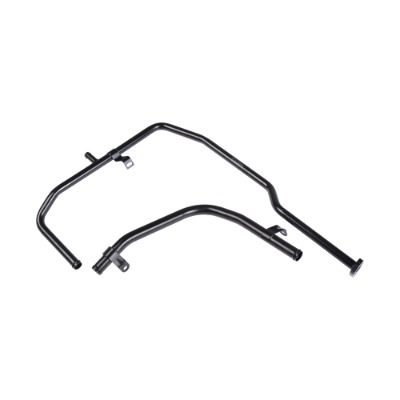

 English
English Español
Español русский
русский